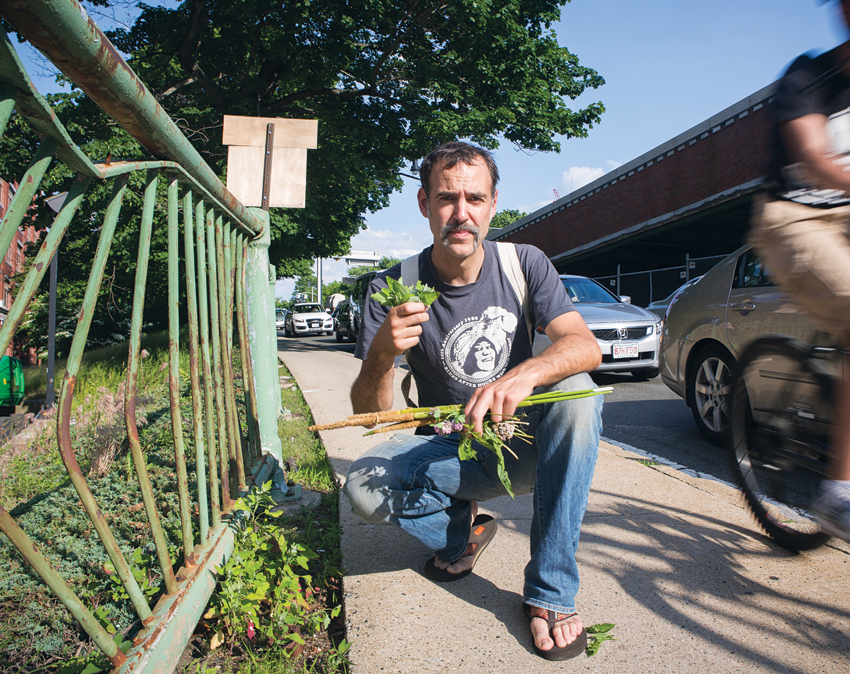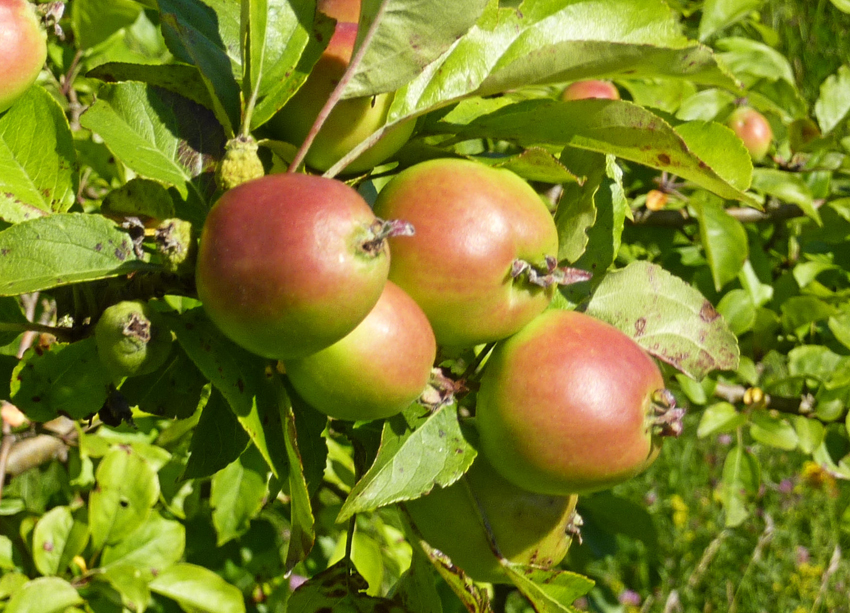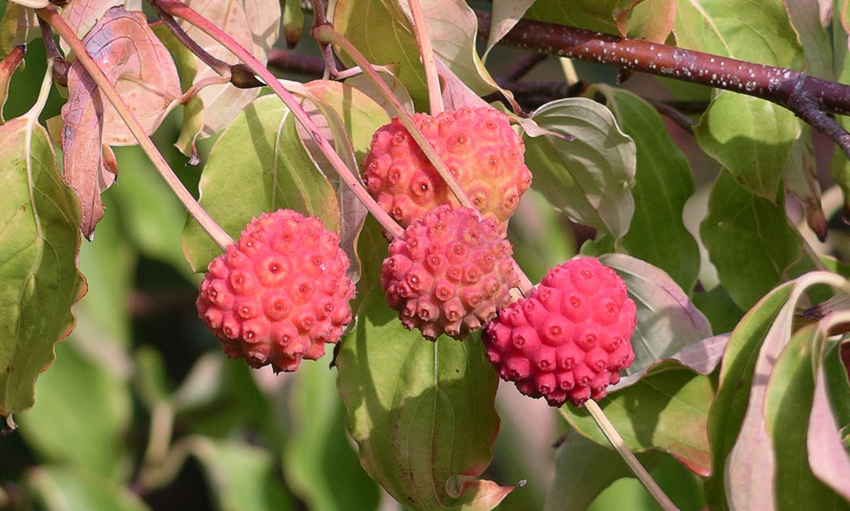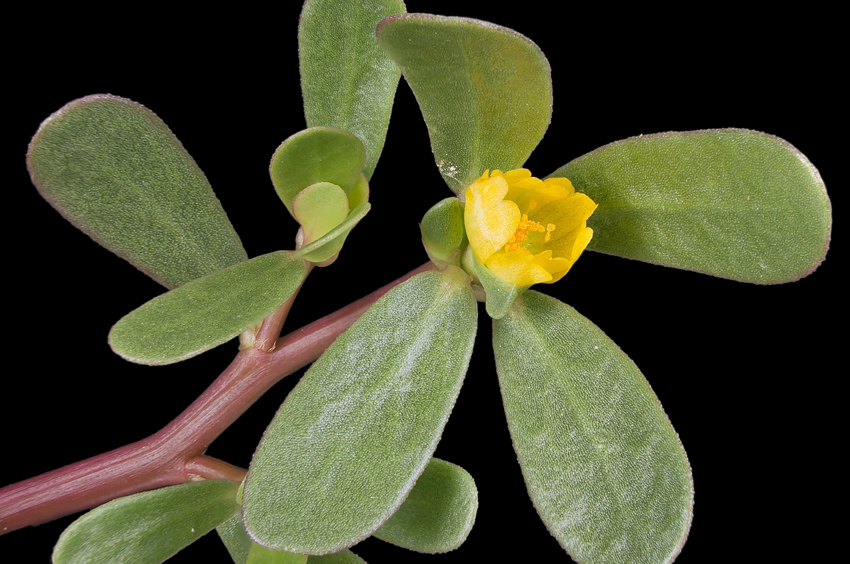Public Gardens: Urban Foraging for Edible Wild Plants in Boston

Photograph by Dominic Casserly
David Craft is surprised by parsnips. He stops, squinting down at a spiky-leafed plant growing at the edge of the Esplanade, then plunges in for a closer inspection. Sure enough—Pastinaca sativa, wild, fresh, and edible. “This is an exciting moment for me, finding a new plant in Boston,” he says, grinning, knee-deep in vegetation. “Oh man, so cool!”
Where most people see a city, Craft sees a garden. A cancer researcher at Massachusetts General Hospital, he’s also made a name for himself as an expert in urban foraging. He has self-published a book on the subject (Urban Foraging: Finding and Eating Wild Plants in the City) and leads foraging field trips around town (find his schedule at foragelive.com).
In August, the city is especially generous (see below), but Craft forages year round. He picks plump, sweet juneberries near Storrow Drive, harvests spinachy salad greens in Cambridgeport, and gathers crab apples and root vegetables in the South End. Some of the plants are native and wild, while others are ornamental cultivars installed by city planners. The common element, though, is that their bounty goes unnoticed by most passersby. “I’m the only one picking them,” he says. “Very rarely people ask me what I’m picking.”
Craft’s obsession grew out of his scientific curiosity years ago. “Here I walk by these plants every day,” he recalls thinking, “and I don’t know their Latin names, where they’re from, what their uses are.” His hunger for knowledge soon combined with a more-ordinary kind of hunger: “If I learn this stuff,” he told himself, “I can have free food.”
Craft’s advice to people interested in taking up urban foraging: Look for plants growing in protected, out-of-the-way areas, like parks or along bike paths; don’t mistake poison hemlock for wild carrots; and don’t be too cautious. “You have to be both careful and bold,” he says. “You can’t be too conservative, or you’ll never eat anything.”
PICK YOUR OWN
Here are some plants that come into season this month. Bon appetit!

Plants Photos via Wikimedia Commons
Black Nightshade
Okay, so it’s in the nightshade family, but so are tomatoes and eggplants. Sweet, like a cherry tomato. Great in salads.

Crab Apple
An “underutilized city fruit,” Craft says—basically an apple’s homelier cousin. Tart and sweet. Use it to make preserves or applesauce.

Kousa Dogwood
A sweet stone fruit, found on ornamental trees. Tastes a little like a pear. Eat it on the spot, or purée and use in cooking.

Lamb’s Quarters
Tastes like spinach and full of vitamins. Sauté it, use it in salads, or put it on a pizza. You can also boil the seeds and eat them like quinoa.

Purslane
A succulent from Asia with a lemony taste. Good source of omega-3. Eat it raw in salads, sautéed, or pickled.


